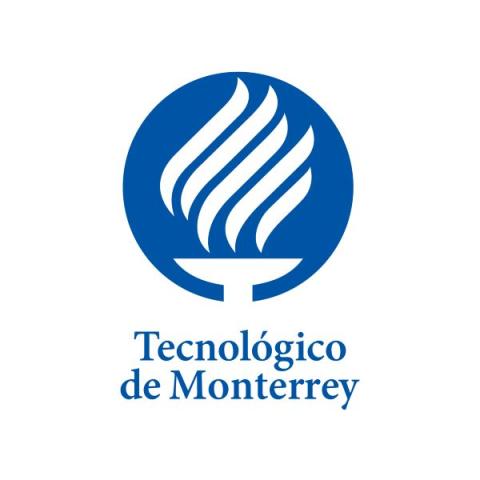
Move student communication from passive to active using ‘I like, I wish, I wonder’
When students from different disciplines, of different ages and even from different countries are required to collaborate online, or take part in other types of virtual exchanges, it’s essential to have methodologies that enable each team member to express themselves clearly, assertively, appropriately and with tolerance.
One tool I’ve used successfully that enables assertive, clear communication is called “I like, I wish, I wonder”. This simple exercise encourages students to comment and/or feed back on work carried out by others in a structured, positive way.
- How can students learn to be innovative?
- Using active learning to increase student engagement and understanding
- Show students that the flipped classroom is much more than self-directed learning
In the first step, “I like”, students mention what they liked about the work done by a fellow team member. These positive aspects can be very diverse – they might cover the content/output, the quality of the task or even factors such as good communication or the way the process was followed.
In the second step, “I wish”, the students focus on identifying elements that could improve the team’s overall performance or enhance the work of a specific team member. The emphasis is on generating actionable ideas that could lead to positive outcomes. For example: “I wish we had a more organised communication system within the team to streamline our project updates and ensure everyone is on the same page.”
Finally, the third step, “I wonder”, encourages students to take an active role in critically evaluating the performance of either an individual team member or the entire team. This step is an opportunity for constructive feedback and seeking clarity about certain aspects of the team’s work or a member’s contribution. “I wonder” statements are usually enquiries or curiosity-driven questions aimed at improving understanding and collaboration. For example: “I wonder if there’s a specific reason why our team meetings consistently started late and if there are any strategies we could have implemented to ensure punctuality.”
In summary, “I wish” is about proposing positive changes and improvements, while “I wonder” is about asking thoughtful questions to gain insight and foster meaningful conversations within the team.
Some recommendations that should help when adopting this methodology in digital learning environments are:
Clarify expectations
Students must know what is expected of them in their interactions with peers, the teacher and their class. It might be useful to have a synchronous session to explain the methodology, talk to students about their concerns and even practise live. Having resources such as infographics, quizzes and escape rooms that explain and provide examples to students on how to adopt this methodology could facilitate adoption. Finally, teachers can add the method to the class policies.
Use it in different learning processes
The teacher’s adoption must be comprehensive – like learning a new language, practice is essential. One way to include this methodology in obtaining and understanding information is for students to express what they like, would like or wonder about the content or educational resources used in the course.
The teacher can also ask students to complete weekly sentences related to their learning experience by using and slightly varying the “I wish” step by adding an action verb that the teacher can demonstrate for the students. You might ask them to respond along the lines of: I wish there were more examples of xxxx; I wish there was more feedback on xxxx; I wish my teacher would explain more about xxxx. One way to enable this is through educational clickers programmed to be performed asynchronously on some days – Quizziz, Mentimeter or even native LMS assessments might work well.
Of course, the teacher can also provide their feedback on student work and class participation using I like, I wish, I wonder. Alternatively, students could carry out a self-assessment of their own work. However it is used, it is up to the teacher to decide whether to carry out this exercise anonymously or publicly, and in a formative or summative way.
Consider educational resources and technology
Some accessible technologies and tools that could enable this methodology anonymously or publicly and that can help with information management and timely monitoring include Google Forms, CoRubrics, Teammates, Google Jamboard, Mentimeter, Quizizz and Miro.
Monitor and take action
A key challenge when implementing this methodology is reviewing the results and carrying out individual or team interventions. If necessary, the teacher might need to report the situation to members of the student support ecosystem such as the school director or parents.
In online learning, where written communication can be interpreted under the influence of the emotional state of the reader, and where there is a lack of body language and other non-verbal cues, teachers must instruct students to take an active role in interacting with others. Communicating well and creating a positive, tolerant learning environment is everyone’s responsibility.
Rebeca Elizabeth Alvarado Ramírez is director of digital experience and educational projects, educational innovation and digital learning, at Tecnológico de Monterrey, Mexico.
If you would like advice and insight from academics and university staff delivered direct to your inbox each week, sign up for the THE Campus newsletter.




